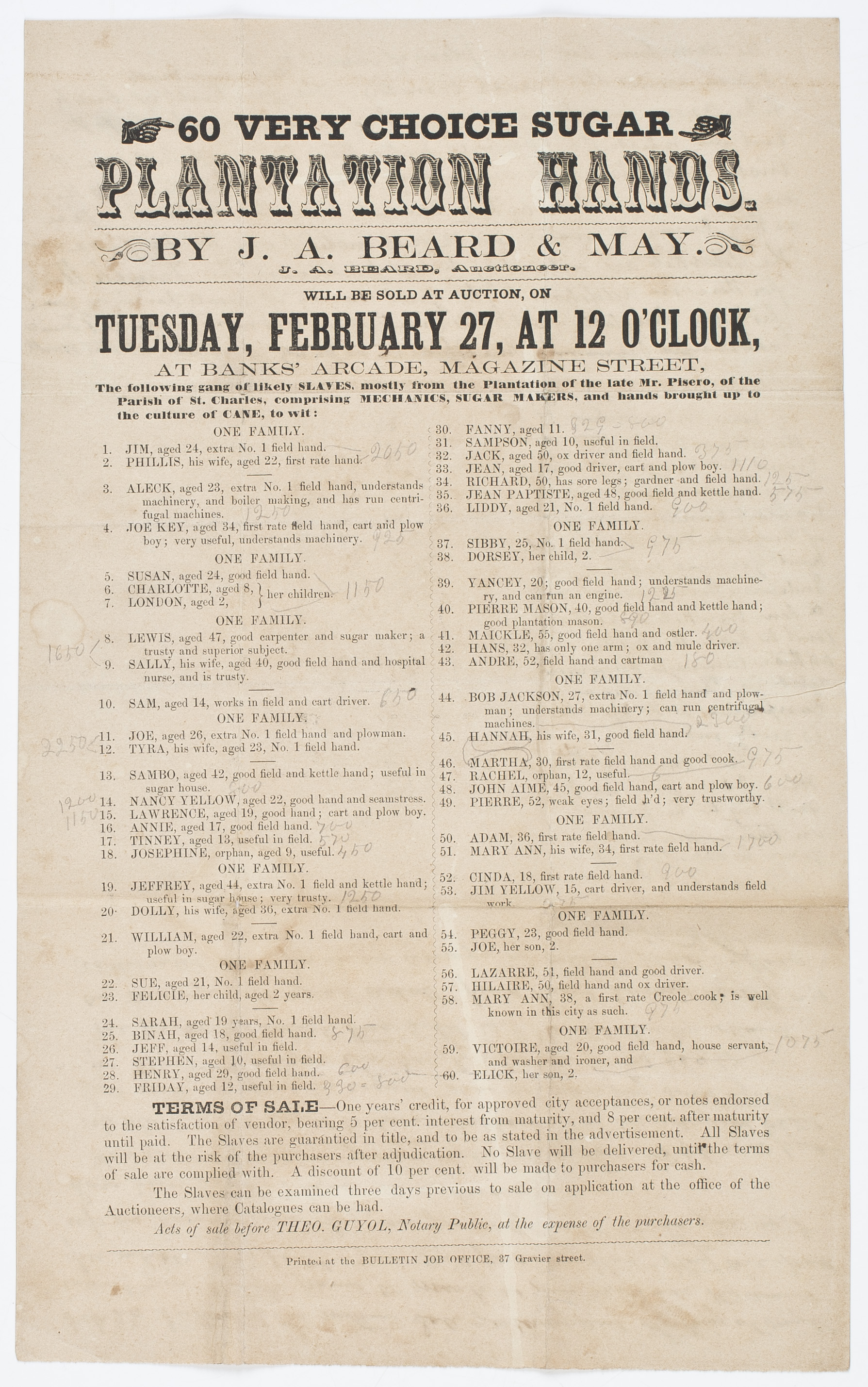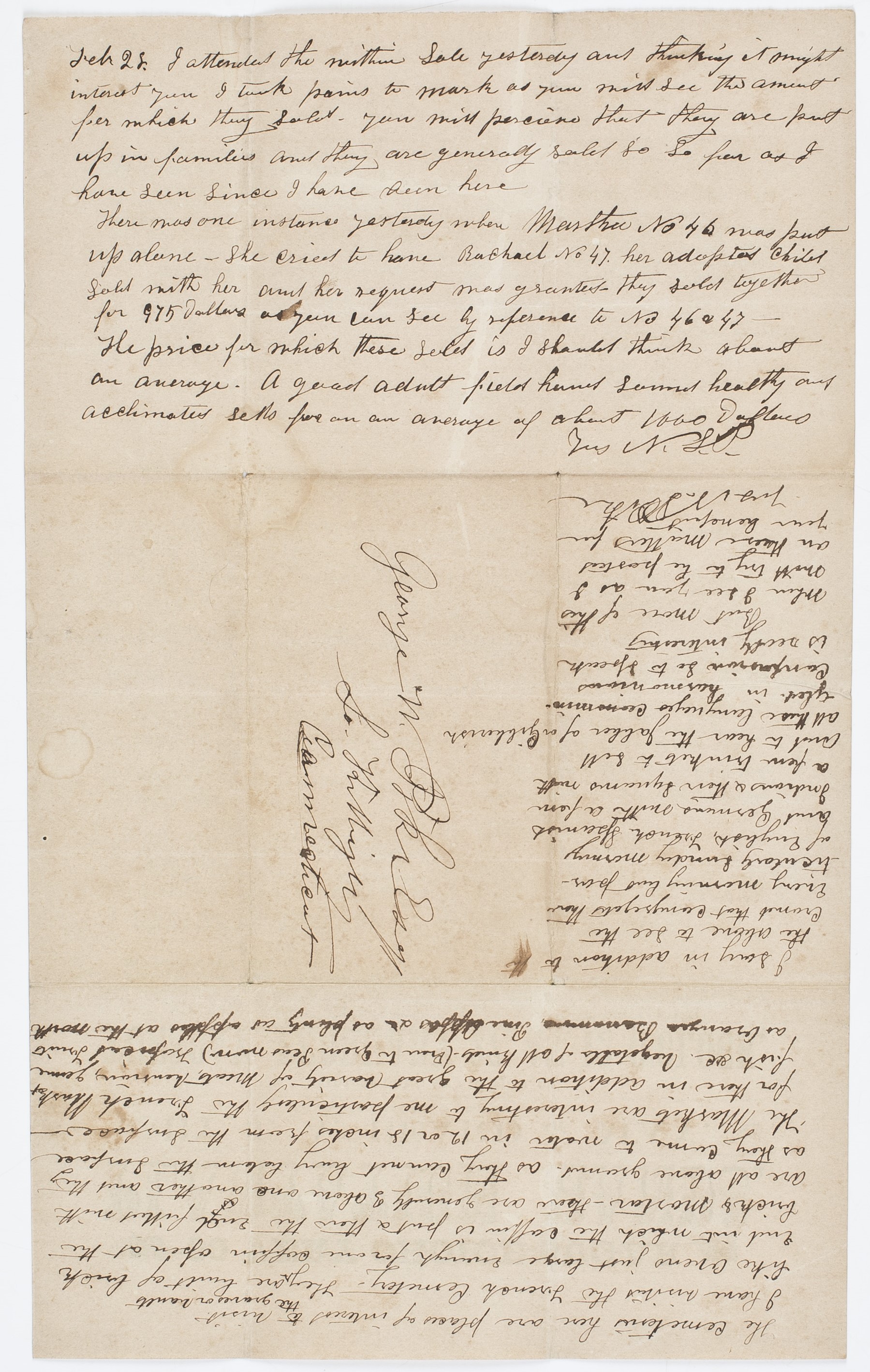AAS member Jane K. Dewey has volunteered in the manuscri pts department for almost 30 years and processed forty large collections. Jane most recently organized, housed, and wrote about some of the manuscripts from the Pike-Wright Family papers, a recent donation from Susan Pike Corcoran. Even though the donation includes a substantial collection of ambrotypes, daguerreotypes, and photographs and a fantastic group of medical instruments used by Connecticut physician Nathan Pike, one of the most exceptional pieces is a letter from Nathan, which Jane discusses below.
pts department for almost 30 years and processed forty large collections. Jane most recently organized, housed, and wrote about some of the manuscripts from the Pike-Wright Family papers, a recent donation from Susan Pike Corcoran. Even though the donation includes a substantial collection of ambrotypes, daguerreotypes, and photographs and a fantastic group of medical instruments used by Connecticut physician Nathan Pike, one of the most exceptional pieces is a letter from Nathan, which Jane discusses below.
The job of a manuscripts processor is to put a collection in order, describe it briefly, and make it of use to the researcher. Pike family descendants preserved genealogies and Nathan’s notes on medical lectures, several ledgers, and about thirty mid-nineteenth-century letters. To get to the heart of the collection—the material associated with Nathan Pike—I separated a large number of genealogical notes from the rest of the material and roughly processed them. After setting aside the ledgers and lecture notes, I decided to read and put the letters in chronological order and then set my attention on the diary.
Nathan’s diary begins in 1853, when he embarked with his wife on a trip to the South. Nathan suffered from tuberculosis and traveled to a warmer climate to alleviate the symptoms of his disease. He kept the diary, in which he recorded this and another trip the following year, until only ten days before his death in 1857. During his travels Nathan visited fellow physicians, attended medical meetings, and toured hospitals. While in New Orleans he also wrote home to an unknown addressee about a slave auction he attended there, noting the price for which each slave was sold as well as the policy of keeping the family unit intact if possible. Nathan’s diary is a witness to one man’s fight against one of the greatest scourges of his time. In addition to reporting on the weather and his activities, he reports on his health. Taking cod liver oil mixed with cider or porter was his chief weapon in a losing battle against TB. Nathan probably had no idea that the record of his struggle would long survive him. It’s easy to feel great sympathy while reading the words of a dying man.
The slave auction letter to which Jane refers was written in 1855 and details the heartbreaking story of the sale of one woman and her adopted daughter in New Orleans. Nathan writes:
Feb. 28. I attended the within sale yesterday and thinking it might interest you I took pains to mark as you might see the amount for which they sold. You will perceive that they are put up in families and they are generally sold so so far as I have seen since I have been here.
 There was one instance yesterday when Martha No 46 was put up alone—she cried to have Rachel No 47 her adopted child sold with her and her request was granted—they sold together for 975 dollars as you can see by reference to No 46 + 47—the price for which these sold is I should think about an average. A good adult field hand sound healthy and acclimated sells for an average of about 1000 dollars.
There was one instance yesterday when Martha No 46 was put up alone—she cried to have Rachel No 47 her adopted child sold with her and her request was granted—they sold together for 975 dollars as you can see by reference to No 46 + 47—the price for which these sold is I should think about an average. A good adult field hand sound healthy and acclimated sells for an average of about 1000 dollars.
Although we might feel sympathy for Nathan in his ailing state, his distant, almost clinical tone, in describing the sale is disturbing. Seeing the enslaved people referred to and sold by lot number and described only by their usefulness (“good field hand” “trusty”) or defects (“has only one arm”), seems not to have affected Nathan enough to comment. What did Nathan think about Aleck, Jeffrey, Yancey, and Bob Jackson, who sold for more because of their experience with machinery? How did this group of enslaved people, “brought up to the culture of cane” on Pisero’s plantation, say their farewells to each other? Had he lived, what would Nathan have thought about the fate of the enslaved five years later on the eve of civil war?
We hope you return to the AAS blog as we continue to post more from the Pike-Wright Family papers. Our next installment is from AAS member Sande Bishop, who worked with Nathan’s medical ledgers and lecture notes.

One thought on “A broadside of note”